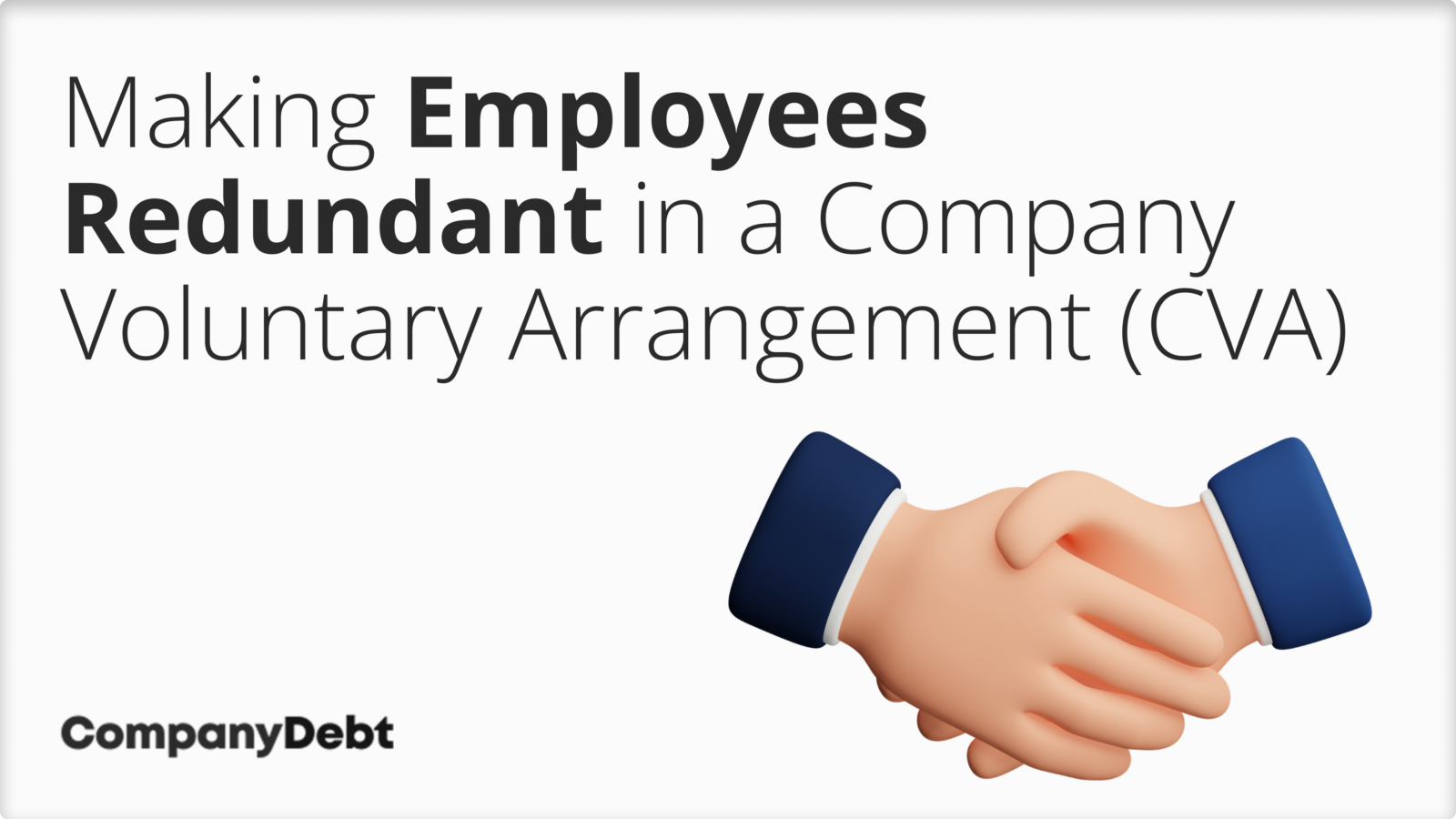What Happens to Redundancy If Company Goes Bust? An Overview to Your Rights
What Happens to Redundancy If Company Goes Bust? An Overview to Your Rights
Blog Article
Checking Out the Operational Characteristics of Firm Redundancy and Its Long-Term Sustainability

Redundancy Strategies for Service Connection
In order to make sure continuous procedures, services must implement reliable redundancy techniques for business connection. Redundancy in this context describes the duplication of essential components or functions within a system to minimize the effect of prospective failures. By integrating redundancy approaches, companies can enhance their durability versus disturbances triggered by different factors such as natural catastrophes, tools failings, or cyber-attacks.
One usual redundancy technique is the implementation of back-up systems and data storage space solutions. This involves producing duplicates of vital information and systems that can be triggered in instance of a main system failure. Furthermore, companies can develop redundant communication networks and source of power to maintain connection and operations throughout unpredicted occasions.
Furthermore, cross-training staff members to do multiple duties within the business can work as an important redundancy strategy. This guarantees that necessary jobs can still be accomplished even if essential workers are inaccessible because of ailment or other reasons. Generally, effective redundancy techniques are crucial for companies to promote functional continuity and decrease the effect of prospective disturbances.
Effect of Redundancy on Organizational Durability
Given the essential role redundancy techniques play in guaranteeing service continuity, exploring the impact of redundancy on business resilience ends up being necessary for recognizing the all natural operational dynamics of a business. Organizational durability refers to an entity's capacity to adjust to interruptions, recover from obstacles, and change when required while keeping core functions. Redundancy, when purposefully implemented, can dramatically add to enhancing a company's resilience despite unforeseen obstacles. By having back-up systems, personnel, or processes in place, firms can better withstand shocks and continue operations with marginal disturbance.
Moreover, redundancy can strengthen staff member morale and confidence, knowing that there are backup strategies in location to address unanticipated situations. This feeling of safety can lead to boosted productivity and an extra favorable work environment. In addition, redundancy can promote technology and creative thinking within an organization as staff members feel encouraged to take calculated dangers, understanding that there is a safeguard to sustain them in case of failure. Generally, the effect of redundancy on business strength is profound, forming the long-term sustainability and success of a company.
Balancing Efficiency and Flexibility in Redundancy
Attaining an unified stability in between functional effectiveness and adaptive flexibility is a pivotal challenge published here in the calculated release of redundancy within organizations. Also much versatility without a solid operational foundation can Bonuses result in inadequacies and disparity.
To stabilize efficiency and flexibility in redundancy preparation, companies need to carefully analyze their operational needs, market characteristics, and critical objectives. Applying lean methods can improve effectiveness by simplifying procedures and getting rid of waste, while promoting a culture of versatility and constant renovation can improve versatility. In addition, buying cross-training programs and robust communication channels can assist grow a flexible workforce with the ability of managing varied jobs during durations of transition. Ultimately, discovering the right equilibrium between performance and adaptability is crucial for constructing a sustainable and resistant company despite uncertainty.
Long-Term Sustainability With Redundancy Planning
To make certain long-lasting stability and security, companies need to purposefully align their redundancy preparation with long-lasting sustainability objectives, thus balancing operational effectiveness with adaptive versatility. Long-term sustainability through redundancy planning involves greater than just temporary cost-cutting steps. It calls for an extensive tactical approach that prepares for future difficulties and chances. Firms should watch redundancy not as a responsive solution to immediate troubles but as a positive strategy for long-lasting success. By incorporating redundancy preparation with sustainability objectives, companies can create a resistant structure that can hold up against different market fluctuations and interior adjustments.

Aggressive Procedures for Lasting Company Procedures
Just how can business proactively improve their operational sustainability for long-term success? Carrying out positive procedures is important for business intending to guarantee sustainable procedures.
Additionally, cultivating a society of continuous renovation and learning within the company can improve adaptability to altering market problems and customer needs. Encouraging staff member participation in decision-making procedures and providing opportunities for specialist development can increase morale, efficiency, and overall efficiency. Developing clear objectives, monitoring vital efficiency indications, and routinely examining development are vital components of positive sustainability administration.
Teaming up with suppliers, customers, and other stakeholders to advertise sustainable practices throughout the supply chain can create a causal sequence of favorable influence - redundancy pay if company goes bust. By taking proactive steps towards functional sustainability, companies can build strength, drive innovation, and safeguard their long-lasting success in an ever-evolving company landscape
Conclusion

In the world of business administration, the strategic deployment of firm redundancy stands as a pivotal yet detailed technique that necessitates a fragile balance in between operational efficiency and long-term stability. By dissecting the operational characteristics that underpin business redundancy and assessing its more comprehensive effects for organizational strength and adaptability, a nuanced understanding of exactly how redundancy approaches can shape the future trajectory of a business begins to unfold.Provided the critical duty redundancy techniques play in making certain business continuity, exploring the influence of redundancy on business strength comes to be crucial for understanding the holistic functional dynamics of a business. On the whole, the effect of redundancy on organizational strength is extensive, shaping the lasting sustainability and success of a business.
In conclusion, recognizing the operational characteristics of business redundancy is critical for guaranteeing long-lasting sustainability.
Report this page